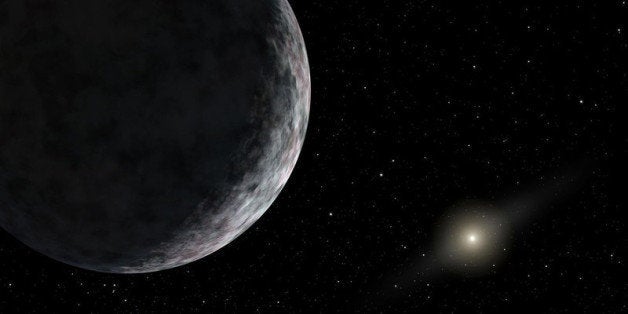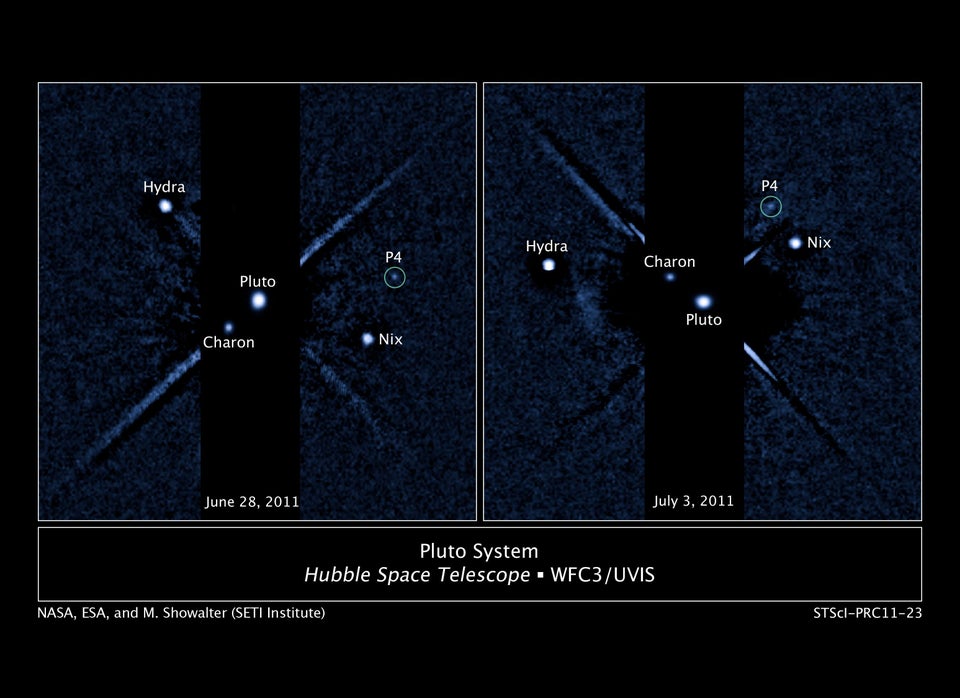
For those of you who felt stunned and betrayed when Pluto got demoted from planet status, this may come as a bit of a shock. It turns out that two undiscovered planets bigger than Earth may be lurking at the icy edge of our solar system well beyond Pluto.
That's according to a team of British and Spanish astronomers, who came to that conclusion after observing the strange behavior of more than a dozen faraway space rocks, called “extreme trans-Neptunian objects” (ETNOs).
“The exact number is uncertain, given that the data that we have is limited, but our calculations suggest that there are at least two planets, and probably more, within the confines of our solar system,” Dr. Carlos de la Fuente Marcos, a researcher at the Complutense University of Madrid in Spain who was part of the team, said in a written statement.
The astronomers studied 13 ETNOs--calculating their average distance from the sun, and noting the inclination of their orbits relative to the plane of our solar system.
Previous research holds that the ETNOs should orbit our sun in roughly the same plane as the eight planets, and they should be distributed randomly at a distance of 150 astronomical units, or nearly 14 billion miles from the sun.
Instead, the astronomers found that the objects were more scattered than expected, orbiting at distances from 150 to 525 AU with an average inclination of 20 degrees.
“This excess of objects with unexpected orbital parameters makes us believe that some invisible forces are altering the distribution of the orbital elements of the ETNO,” de la Fuente Marcos said in the statement. In other words, the objects may be influenced by the gravitational pull of large planets nearby.
The astronomers note that their findings are still preliminary, and they're calling for more research on a larger sample of distant objects to help boost their theory.
“If it is confirmed, our results may be truly revolutionary for astronomy,” de la Fuente Marcos said in the statement.
The new research was published on Jan. 11 in the journal Monthly Notices of the Royal Astronomical Society Letters.
